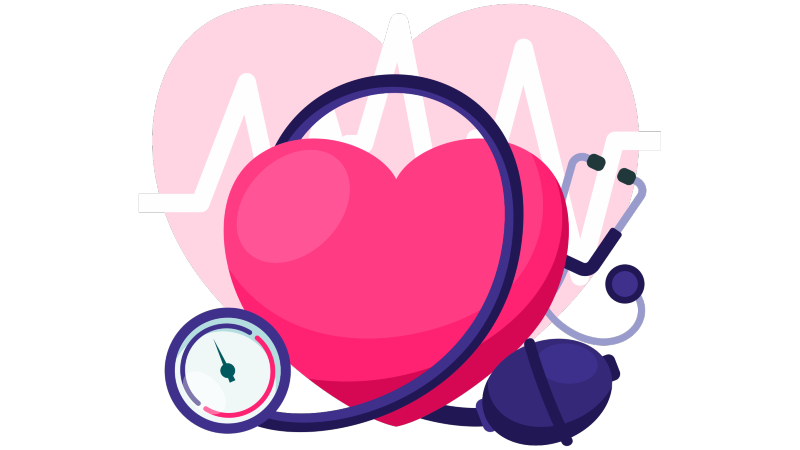
The hypertensive disorders of pregnancy are among the leading causes of maternal and fetal morbidity and mortality. Proper diagnosis in the emergency department is crucial to initiate appropriate treatment to reduce the potential harm to the mother and the fetus (1).
High blood pressure can also cause problems during and after delivery. Importantly, hypertensive disorders of pregnancy are often preventable and treatable. (2). The 4 categories of hypertensive disorders of pregnancy are chronic hypertension, gestational hypertension, preeclampsia-eclampsia, and chronic hypertension with superimposed preeclampsia (2,4)
Chronic hypertension is high blood pressure present before pregnancy or diagnosed before 20 weeks of pregnancy. Women with chronic hypertension can also develop preeclampsia
Gestational hypertension happens when you only have high blood pressure* during pregnancy and do not have protein in your urine or other heart or kidney problems. It usually goes away after you give birth.
Preeclampsia is characterized by the development of hypertension and presence of protein in your urine (proteinuria) after 20 weeks of gestation. Some women with preeclampsia can develop seizures or convulsions which leads to a medical emergency called eclampsia.
Superimposed preeclampsia is defined as chronic hypertension or kidney disease that progresses to preeclampsia.
Hemolysis Elevated Liver enzymes and Low Platelet count (HELLP) syndrome is a life-threatening condition that can occur during pregnancy or soon after giving birth. HELLP syndrome can be difficult to diagnose, because all of the typical signs of preeclampsia may not be apparent. Its symptoms include abdominal pain, nausea, headache, blurry vision are sometimes mistaken for gastritis, flu, liver disease, gallbladder disease, or other conditions. Women having preeclampsia and eclampsia are at a higher risk for developing HELLP syndrome. (5)
Website Developed by Eternitty.